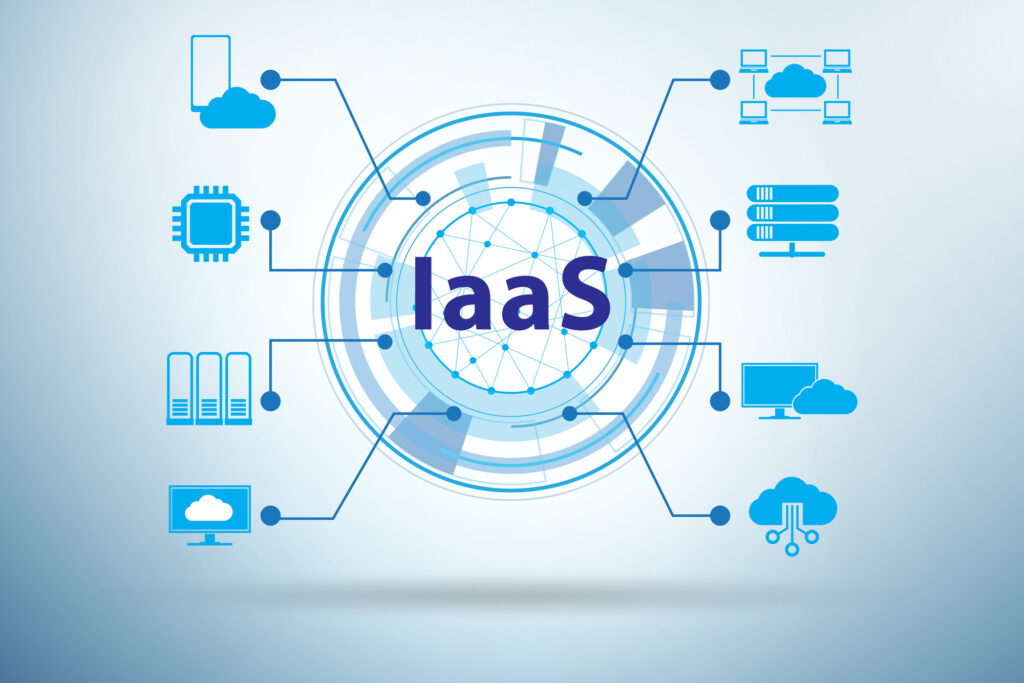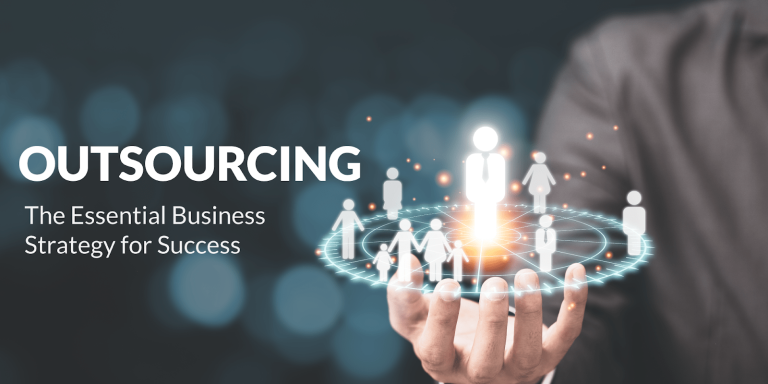The Rise Of SaaS: How Subscription Models Are Changing Business Operations
Software as a Service (SaaS) is a beacon of transformative power in today’s competitive business environment. Beyond its revolutionary approach to software delivery, SaaS introduces a broader transition in how businesses operate.
One of the pivotal elements of many SaaS platforms is their multi-tenant architecture, allowing a single application to serve multiple users with individualized settings and data. This cloud-based approach, combined with the inherent advantages of the subscription model, is reshaping business operations, engagement strategies, and future planning across industries.
With its undeniable influence on the modern business landscape, gaining insight into the rise of SaaS is essential. Read on to discover how SaaS and its subscription models are revolutionizing how organizations function.
Understanding The SaaS Revolution
SaaS has spearheaded a significant shift in the technology landscape, introducing innovative solutions that cater to modern-day business challenges.
Here’s a closer look at some critical components of this revolution:
- Flexibility: Unlike traditional software, which can be inflexible, SaaS platforms are designed for easy customization. Businesses can adapt services to their specific needs, allowing the software to grow.
- Cost-effective: The financial benefits of SaaS are two-fold. Firstly, there’s no need for heavy investments in infrastructure or software licensing. Secondly, operational expenses are reduced, as the service provider typically handles maintenance and updates. This means businesses can allocate resources more efficiently, achieving better results without a hefty price tag.
- Scalability: As companies grow, so do their technological needs. SaaS platforms are inherently designed to adapt, allowing businesses to expand seamlessly. Whether it’s accommodating more users, integrating new modules, or increasing storage capacities, these platforms offer a pain-free scaling process.
As businesses seek to remain competitive and agile, understanding the nuances of the SaaS revolution becomes beneficial and critical. Its advantages span operational, financial, and strategic domains, making it a game-changer in the truest sense.

Shifts In Operational Strategy
SaaS has changed how businesses structure and execute their operational strategies.
Here are some pivotal shifts that underline this transition:
- Financial reconfiguration: The SaaS subscription model dramatically alters budgeting and expenditure patterns. Instead of hefty initial investments for software licenses and infrastructure, businesses now face predictable subscription fees, often monthly or annual. This redistribution of expenses provides companies with improved cash flow and the ability to divert resources to other pressing needs.
- Agile decision making: With real-time data and analytics tools often integrated into SaaS platforms, businesses can make more informed decisions swiftly. This agility helps companies to react to market changes more efficiently, ensuring they stay one step ahead of competitors.
- Streamlined IT management: Traditional software models often require dedicated IT teams for installation, maintenance, and troubleshooting. The cloud-based and managed by the service provider, SaaS solutions reduce this burden. Businesses can thus focus on their core operations without being bogged down by technical challenges.
Embracing SaaS heralds a transformative phase for businesses. As operational strategies shift, adapt, and evolve, companies equipped with the insights and advantages of SaaS are better poised to navigate the complexities of the modern business landscape.
The Power Of Subscription Models
The subscription model, a cornerstone of the SaaS landscape, has created a new paradigm in how businesses perceive and interact with software.
The following are the inherent strengths that make this model compelling:
- Predictable revenue streams: Subscription models allow businesses to anticipate their revenue with a higher degree of accuracy. Regular, recurring payments offer stability, making planning and allocating resources easier.
- Customer retention: The ongoing nature of subscriptions means businesses are constantly in touch with their customers. This continuous engagement fosters loyalty and offers ample opportunities for upselling or cross-selling related services.
- Feedback loop: The regular interactions with customers create a constant feedback mechanism. Businesses can promptly assess what’s effective and what’s not, then adjust their offerings accordingly. This iterative approach ensures that products or services always align with customer needs.
The transition from traditional purchasing to subscription models has undeniably reshaped the relationship between businesses and their customers. This fresh approach offers a win-win, with companies enjoying sustained revenue and customers benefiting from flexibility and consistent value.
Impact On Customer Relationships
The SaaS ecosystem, driven by its subscription-based model, has fundamentally reshaped how businesses interact with and cater to their customers. One of the immediate outcomes of this change is a heightened focus on customer retention, ensuring companies consistently provide value to keep their clientele engaged and satisfied.
Here are some notable ways this transformation manifests:
- Consistent engagement: Unlike traditional business models with infrequent interactions, SaaS models require regular touchpoints. Whether it’s monthly billing, update notifications, or feedback solicitations, businesses are more frequently in contact with their users, strengthening the bond over time.
- Tailored experiences: With the wealth of data SaaS platforms often collect, businesses have more profound insights into user behavior and preferences. This enables providers to curate personalized experiences, enhancing user satisfaction and fostering brand loyalty.
- Proactive problem resolution: Continuous engagement means businesses can swiftly detect issues or potential pain points. By addressing concerns proactively, companies can enhance trust and showcase their commitment to customer satisfaction.
Customer relationships are more than just providing a service or product in the SaaS world. It’s about cultivating an ongoing partnership that grows and evolves, mutually benefiting both the business and the customer.
Conclusion
In the ever-shifting digital landscape, the rise of SaaS and its subscription model is a testament to innovation meeting demand. How businesses operate, strategize, and engage has been reshaped, ushering in a new era of enhanced efficiency and deeper customer connections. As the boundaries of what’s possible expand, staying informed and adaptable is vital. Having observed the transformative potential of SaaS, it’s worth reflecting on how its principles can reshape your path to success in your business endeavors.





2 Comments
Comments are closed.